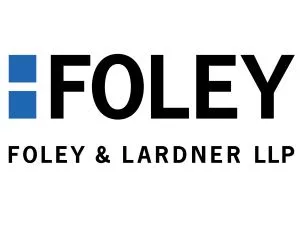- within Coronavirus (COVID-19), Government and Public Sector topic(s)
- with readers working within the Banking & Credit industries
We might be at least part of the way through the looking glass in the Automotive Industry as OEMs, led by General Motors, are looking to keep the industry pointed in the direction of zero-emission vehicles and the Federal Government is looking to keep things as is. Specifically, last week GM called for a National Zero Emissions Vehicle Program. GM claimed that such a national program could add seven million electric vehicles on the road by 2030. While a large number, that is less than are anticipated under the current regulatory incentives. As the Automotive News pointed out, while GM's announcement might have some altruistic basis, GM is also a leader in the electric vehicle space and wants to "seize on its advantage."
GM identified multiple elements that it proposed to be part of its National Zero Emissions Vehicle Program:
- Establish ZEV requirements (by credits) each year, starting at 7 percent in 2021 and increasing 2 percent each year to 15 percent by 2025, then 25 percent by 2030.
- Use of a crediting system modeled on the current ZEV program: credits per vehicle, based on EV range, as well as averaging, banking and trading.
- Requirements after 2025 linked to path toward commercially viable EV battery cell availability at a cost of $70/kWh and adequate EV infrastructure development.
- Establishment of a Zero Emissions Task Force to promote complementary policies.
- Program terminates when 25 percent target is met, or based on a determination that the battery cost or infrastructure targets are not practicable within the timeframe.
- Additional consideration for EVs deployed as autonomous vehicles and in rideshare programs.
Not everyone praised GM's announcement. For example, Electrek identified a series of caveats in GM's proposal that it called "disappointing". These included the fact that GM's targets are below those of Europe and China. For example, China mandates that 12% of vehicles be electric by 2020.
The standards are also below those of California, and other states that have adopted California's Zero Emissions Vehicle program. Of course, the Federal Government is seeking to revoke California's authority to set its own emissions standards. Thus, for the immediate and long term future, there is definite uncertainty over what emissions regulations will govern.
Regardless, one thing seems clear: more Zero Emissions Vehicles will be hitting the road replacing gas and diesel. The speed with which it happens and the volumes at which it happens may not be known. Momentum, however, continues to move toward a world of Zero Emissions Vehicles.
The content of this article is intended to provide a general guide to the subject matter. Specialist advice should be sought about your specific circumstances.


